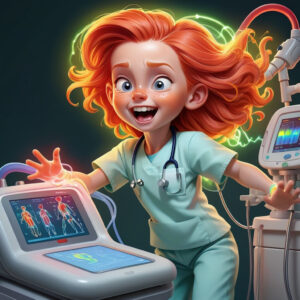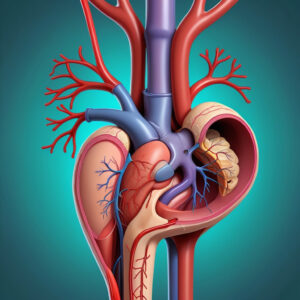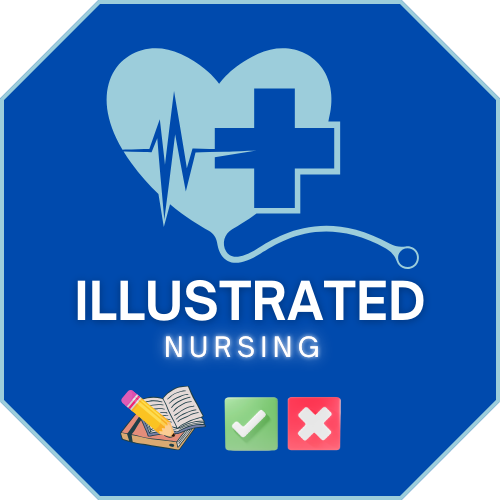Pulmonary Embolism

- Life-Threatening Blockage of a pulmonary artery by a blood clot.

What causes venous thrombosis
Virchow’s triad: intravascular vessel wall damage, stasis of flow, and the presence of a hypercoagulable state.
Risk Factors

Hx DVT or Untreated DVT

Immobility & Smoking

Atrial Fib/Flutter & Heart Disease

Obesity & Advanced Age

Surgery such as C-Section

Symptoms
- Common symptom triad: Hemoptysis, dyspnea, and pleuritic chest pain
- SOB, Dyspnea & Tachypnea
- Apprehension and anxiety
- Sharp chest pain worth with deep breathing (pleuritic chest pain)
- Tachycardia, dizziness, sweating, & cool clammy skin
- Cough, hypoxia, & hemoptysis (damage to alveoli from lung infarction).
- Hypotension and Syncope
- Respiratory alkalosis. Client breathes very fast and blows off CO2.
- Hypoxia on the Arterial Blood Gas

Diagnostics
- VQ Scan
- Pulmonary Angiogram
- CT Angiogram
- MRI
- A pulmonary angiogram is the best (definitive) diagnostic test
- Elevated D-dimer levels can indicate the presence of blood clots, but it is not specific for pulmonary embolism.

V/Q Scans
- V= ventilation. Simple, the act of breathing, inhaling oxygen and exhaling CO2.
- Q = perfusion. Blood flow that is necessay to bring in oxygen that is “ventilated” to the blood and to the tissues.
- In a pulmonary embolism, a blood clot blocks perfusion. There is ventilation, but perfusion is impaired = V/Q mismatch.
- There are other forms of V/Q mismatches such as when there is perfusion, but no ventilation (e.g. pulmonary disease)
Nursing Interventions

ABC and Oxygen. Monitor breathing and vital signs

High Fowler's is the best position

Anticoagulation with Heparin. Follow PTT

Thrombolytics such as Streptokinase & tPA

Monitor for BLEEDING

Heparin
- Initial treatment for a pulmonary embolism is Heparin IV, a blood thinner.
- Heparin places the client at risk for bleeding. The client must be on bleeding precautions.
- Important: Heparin does not breakdown/destroy clots. It only prevents the body from forming new ones.
- Reversal Agent is Protamine Sulfate
- Lab to monitor Heparin is PTT
Inferior Vena Cava Filter
Vena cava filters are often used in patients with DVT to prevent emboli from reaching the pulmonary circulation.

76-year-old client admitted to the hospital due to a fall. Client broke his left tibia and fibula. Client is now recovering in the orthopedic unit after an open reduction internal fixation (ORIF) 2 days ago. History of smoking, Atrial fibrillation, gout, and arthritis.
Upon entering the room, client was found diaphoretic, agitated, and with severe dypnea, saying “I can’t breathe, my chest hurts badly.” Lungs diminished on the left lower lobe and circumoral cyanosis noted.
Temp 98.6° F, BP 185/102, HR 110, RR 28, Oxygen saturations on room air 83.

Time's up
